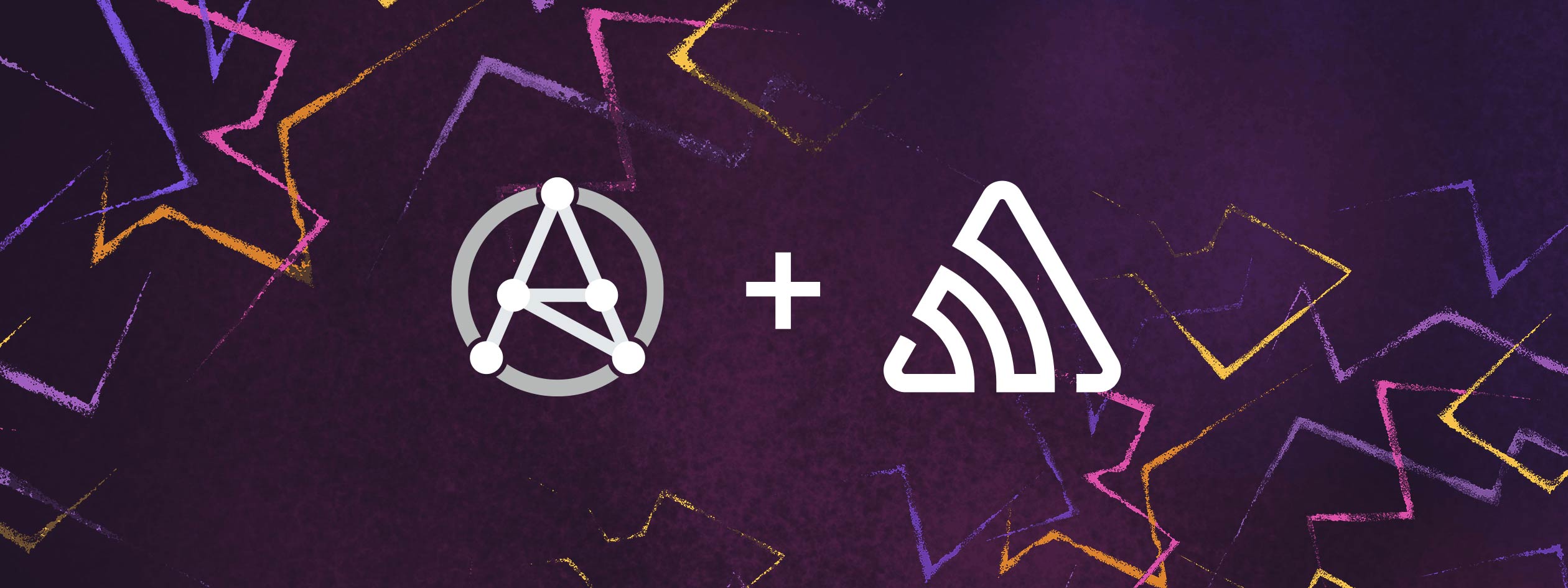How Aumni Keeps Errors out of “Userland”
Different development teams exercise different production philosophies. These philosophies usually stem from greater company direction and culture but are guided by the experience of technical leadership. For the team at Aumni, an analytics platform for the venture capital world, the development philosophy falls under the three key areas.
- Go fast
- Run CI/CD with automated testing
- Error monitoring on every project
Aumni has built a unique technology solution to unlock data insights into investment auditing and due diligence for VCs. They need to remain nimble and develop great code (areas 1 and 2) but reduce the probability of user-facing errors and the time spent detecting and fixes new issues (area 3). This is where Sentry has played a pivotal role in the company’s development process.
A Prerequisite for Development
The Aumni team currently uses Sentry error monitoring with a Rails and React stack. Aumni CTO Rob Wise used Sentry in several of his previous roles. For Rob and the Aumni team, Sentry allows them to stay on top of any issues before they become major problems. And because the team configured Source Maps, they’re able to associate an error with the commit that may have caused the issue.
According to Rob, “It’s hard to imagine running a software company without error monitoring.” Sentry isn’t just a tool for Aumni — it’s considered a best practice; a prerequisite for development. The goal for Aumni developers is to reduce errors, but clearly, errors are a part of any development process. Without Sentry the team would need to conduct manual testing and log monitoring to make sure applications run smoothly, but that would be cumbersome.
It’s hard to imagine running a software company without error monitoring.
In addition to streamlining work, without Sentry, the frontend errors would be a blind spot for the team. Without frontend error monitoring Rob would see errors enter “userland,” where they absolutely don’t belong. According to Rob, it’s much harder to detect issues when you fail to implement error monitoring at the beginning of a project, because errors and issues can compound and grow when left undetected. For this reason, Aumni uses Sentry at the beginning of every project. They don’t want users to see errors. It saves the team a lot of time each week, and the ability triage, prioritize, and assign issues with Sentry has gone a long way for developing code at Aumni.
Error Monitoring and Error Triage with Sentry
Rob’s team has moved away from conducting browser-specific tests, in favor of error monitoring as a form of QA. As part of the release process, Aumni first releases code internally, conducting company-wide QA and dogfooding to test out new code. They prefer this process over user feedback, which as had traditionally poor response rates.
To simplify triaging errors, Aumni uses Sentry’s Slack integration. They quickly respond to Slack notifications and jump into Sentry to diagnose the issue from the suspect commit or stack trace. Sentry gives them a snapshot of the user impact and depending on how critical the issue is, the Aumni team will prioritize and resolve the issue.
Sentry’s error monitoring service is a core part of Aumni’s development process and continues to be a fundamental key to unlock the growth of the company.

